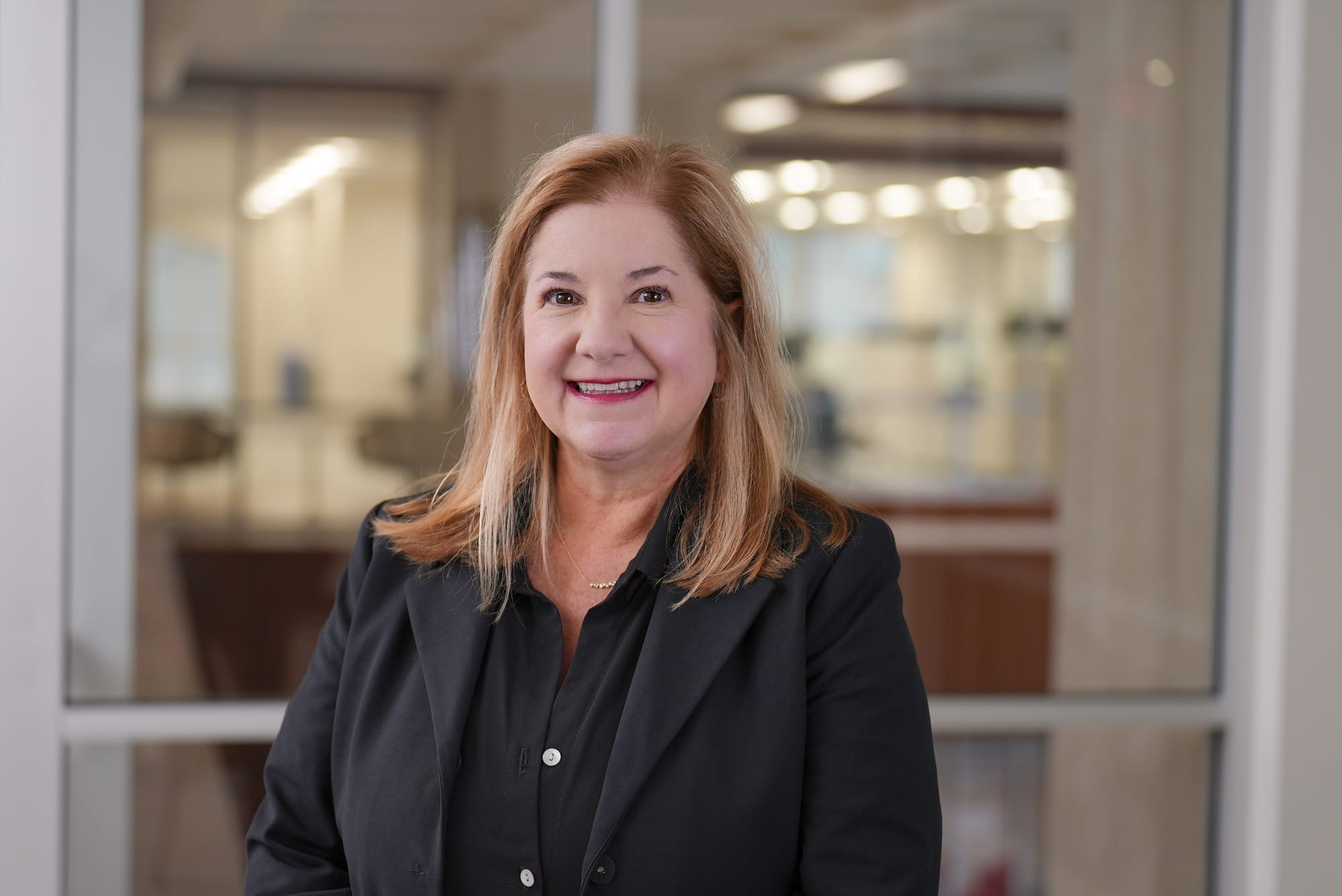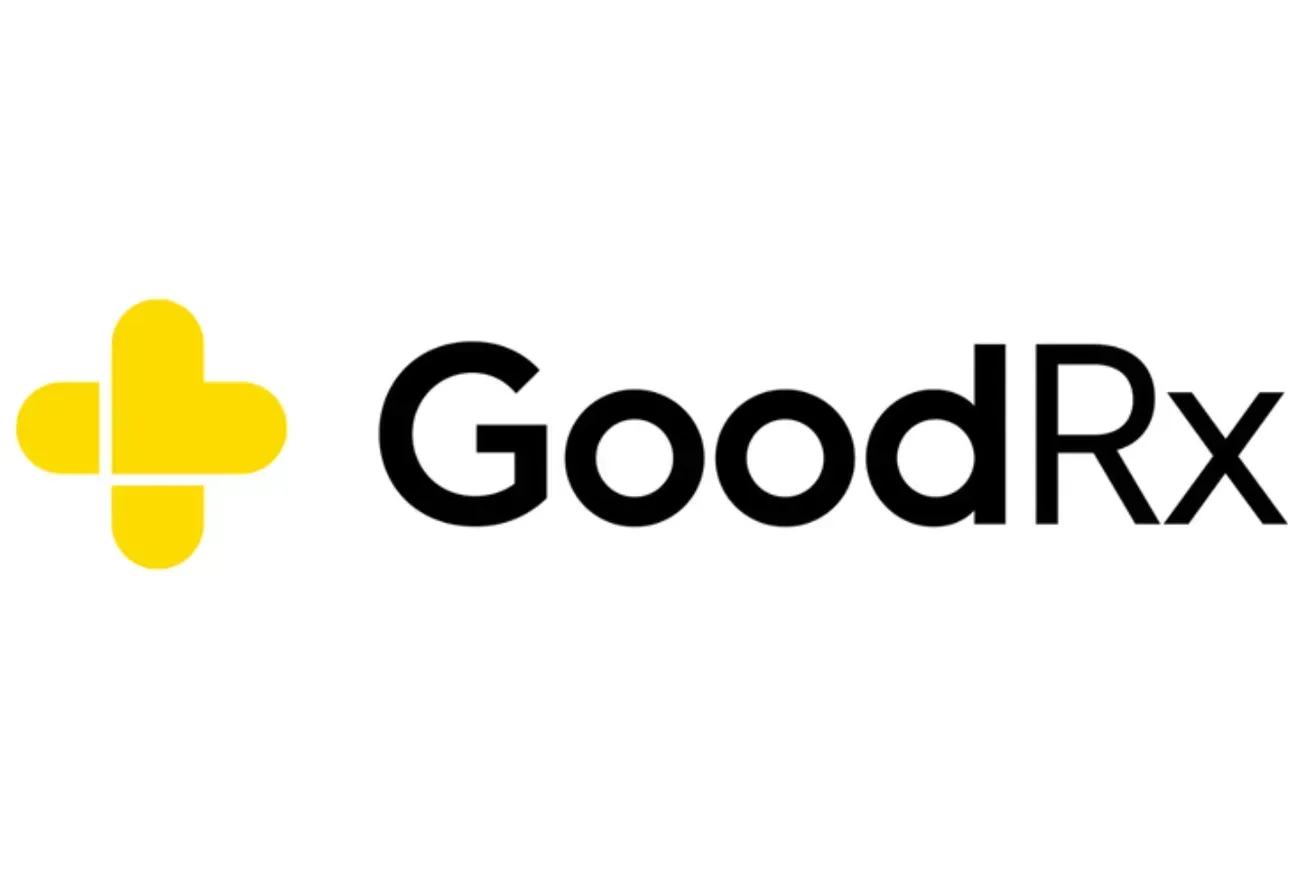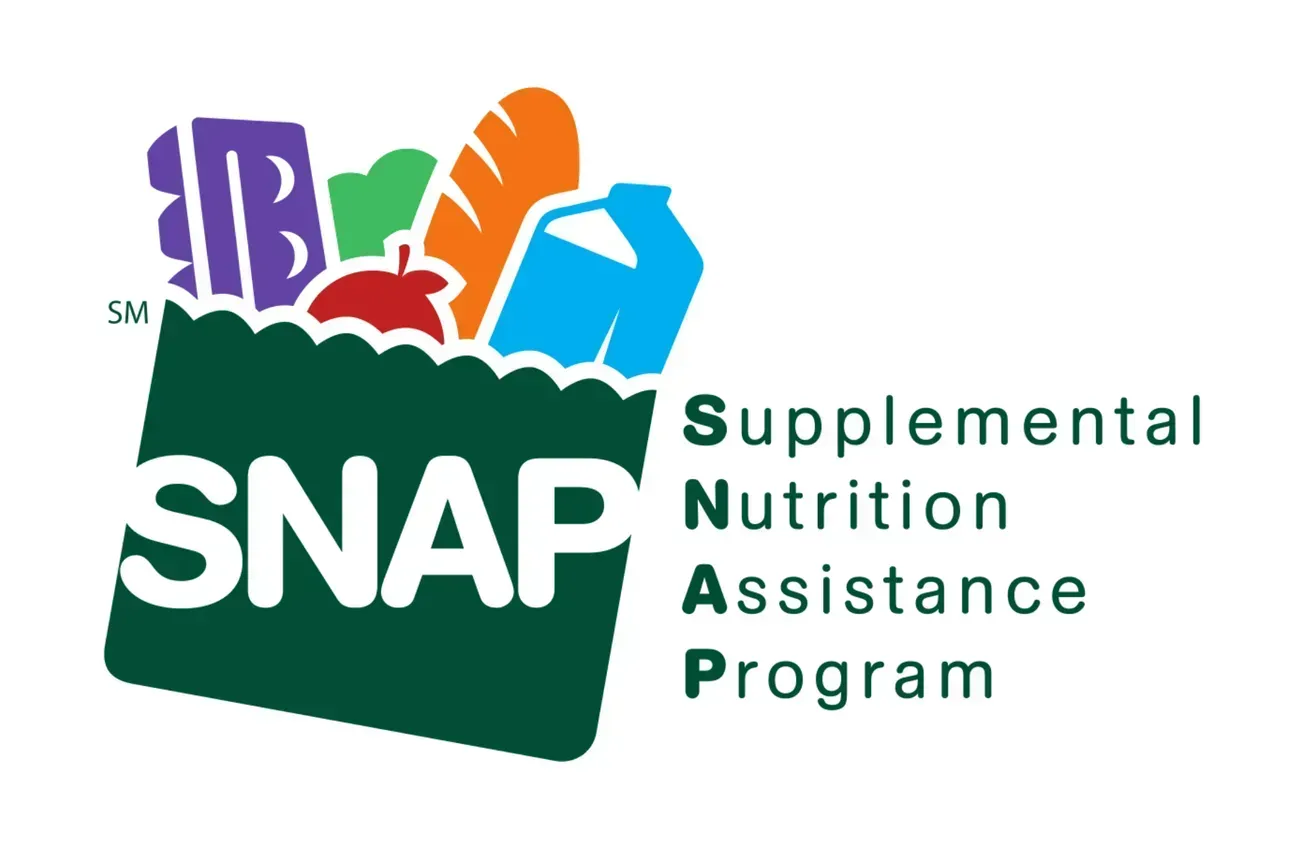By Lari Harding
At Inmar Intelligence we talk a lot about shopper loyalty. It’s on our website. Inmar provides both retailers and brands with advanced solutions for crafting and executing personalized media and incentive campaigns that drive increased shopper loyalty. The drivers of connection with shoppers are the products you offer, the convenience you provide and the value you deliver.
Pharmacies enhance that connection. Shoppers need prescription drugs. They enjoy the convenience of having access to health care at their grocery and general merchandise retailers. And the care from a pharmacist who has helped them with prevention of illness, care for a chronic disease or episodic relief makes the connection that much deeper. Consistently providing convenient, quality pharmacy care to those in need is a loyalty driver, and those retailers delivering this important service to shoppers are reaping the benefits. Pharmacy should be measured based on the total impact to the retailer, not just the P&L behind the counter.

Current pharmacy
economics are not particularly attractive
For those of us in the industry, the economic state in pharmacy is not new news. But even as major media outlets are reporting more and more frequently on the challenges to profitability faced by pharmacies, how many of their readers know that, in order to break even, a pharmacy must fill eight to nine generic prescriptions for every single prescription filled for a brand name medication? And how conscious are consumers (and more importantly, lawmakers) that this “profitability imbalance” is a direct effect of the contractual constraints placed on pharmacies by the PBMs?
The Federal Trade Commission’s recently released interim report on prescription drug middlemen points to evidence that the rates in PBM contracts with pharmacies do not clearly reflect the ultimate payment amounts, challenging their ability to manage their revenue line and have a clear understanding of how they will be compensated. The report also finds that PBMs use a variety of contract terms for pharmacy reimbursement which operate on unclear calculations that are unfair, arbitrary and harmful. PBMs can often exercise significant control over which drugs are available at what price, and which pharmacies patients can use to access their prescribed medications — impacting pharmacies’ ability to stay in business and serve their communities.
Yes, the final rule from the Centers for Medicare and Medicaid Services eliminating retroactive DIR fees went into effect at the start of the year but, with DIR taken at the point of sale, visibility to the specific transactions impacted by DIR — and what amount DIR represents in those transactions — has not improved, making it even more complex for pharmacies to determine if they’re being paid at the correct rate.
Vaccine administration is bringing in additional revenue and provides measurable proof that pharmacies are capable of delivering additional medical services beyond dispensing. A recent Inmar survey of 1,000 health care consumers found more than half (55%) had received a vaccination at a pharmacy, while close to 80% of those surveyed reported they would be comfortable receiving additional medical assistance from a pharmacist, including guidance on nutrition as part of a disease treatment plan; health and wellness screenings; and disease-specific counseling.
While consumer interest is great, the lack of federal-level provider status for pharmacists remains a barrier to further development of this revenue stream. However, support for empowering these health care professionals to better serve patients — and be reimbursed for their services — is growing.
Pharmacy customer
behavior should be a source of optimism
Even with myriad options available, the retail pharmacy remains the “go to” for consumers needing to fill a prescription, as 78% of health care consumers recently surveyed by Inmar reported they used a retail pharmacy to fill their most recent prescription(s).
And these pharmacy loyalists are doing more than just filling prescriptions. While visiting the pharmacy, more than half of those surveyed (54%) made additional purchases. Their purchases were made across multiple categories, but most were for food. Almost 56% of those asked said they purchased food items, followed by personal care/beauty, as 46% of survey participants said they purchased products of this kind.
At the same time, 41% purchased household goods with 40% buying over-the-counter medications. Among those making purchases, 55% spent more than $25, and almost a quarter spent more than $50.
Matching this survey data with Inmar transactional data serves to further illustrate the significant value that pharmacy customers bring to retailers. To begin with, Inmar data shows that pharmacy patrons make, on average, 64% more trips than shoppers not using the pharmacy. For some pharmacy users, their trip frequency is as high as 135% of that of other shoppers.
Additionally, whatever their purpose for being in store, pharmacy customers spend more than other shoppers. A lot more. Inmar data finds this group spending 61% more than other shoppers, with their expenditures reaching as high as 213% of that of other shoppers.
Leveraging the pharmacy to drive loyalty can work across channels
The financial conditions, requirements and challenges facing pharmacy operators vary greatly from channel to channel. For grocery retailers and mass merchandisers that have pharmacies in-store, approximately 10% of their total revenue comes from prescriptions, while chain drug stores look to dispensing to deliver approximately 60% of these raw dollars. Still, the elements that make the pharmacy a draw for shoppers are shared by all.
Inmar’s Martech business helps retailers identify, and promote, products that individual shoppers will find valuable. These products are referred to as personal key value items, or PKVIs. These are the items a shopper is most price sensitive towards. Historically, marketers have focused on milk, eggs and fuel. However, each shopper has a different set of items that they are most price sensitive towards. Retailers, leveraging this insight into shopper preferences, will target shoppers with discounts and other promotions on the items that will draw previous purchasers back to the store. They do so knowing that whatever they “give back” to shoppers by way of a discount will be more than offset by the additional purchases the targeted shoppers will make while seeking out the promoted PKVIs.
This same “PKVI logic” is immediately applicable to the pharmacy in that there are numerous “items” attached to the pharmacy that make it an engine for driving business to the front store. Most immediately, convenience. The presence of a pharmacy enables shoppers to get everything they need without having to make another stop. Another is relief. Why wouldn’t a shopper return to where they were able to get the medications, and counseling, that made them feel better? Then there’s prevention — enabled by a pharmacist-delivered vaccination.
The one future item that promises benefits for both pharmacies and patients is pharmacist-delivered Food Is Medicine (FIM). The Milken Institute recently published a report on “Catalyzing Action for Pharmacist-Provided Food Is Medicine Care’’ putting pharmacists at the center of this enhanced therapeutic effort. This is particularly well founded and presents as an approach to delivering an advanced level of care that is genuinely achievable. Making participation in FIM financially viable for pharmacies will be critical to its expansion and facilitate treatment for a patient population readily accepting of additional pharmacist-delivered services.
Pharmacy margins may be small, but because of the value the pharmacy brings to shoppers, the draw for them is large and serves as a PKVI to the entire store. Assortment (prescription drugs), convenience and value (pharmacist) are the key elements to a winning formula.
Things are going to change for the better. In time.
Growing scrutiny of PBMs by the Federal Trade Commission, growing enthusiasm for expanding the scope of practice for pharmacies, and momentum around Food Is Medicine provide hope that badly needed changes — positively impacting the financial position of pharmacies — are coming.
The required changes in regulation and business governance will, of course, take time, but I firmly believe they will occur, enabling pharmacies to evolve into the primary care providers we need as a hub for holistic health. Eighty percent of a person’s health is attributable to social, physical and health factors outside of clinical care. Dollars will follow where we can create health, not just treat symptoms. Retailers must continue to make full use of their pharmacies as business-driving loyalty programs as we evolve into the future of pharmacy. Let’s talk about your pharmacy as a loyalty program at NACDS Total Store Expo.
Lari Harding is senior vice president of health care marketing and sales enablement at Inmar Intelligence.





